Introduction
Full Stack PHP development involves creating web applications that encompass both front-end and back-end development. This guide will provide beginners with a comprehensive overview of the steps involved in becoming a proficient full stack PHP developer.
Full Stack PHP development refers to the practice of working on both the client-side (front-end) and server-side (back-end) components of a web application using PHP as the primary language. As a full stack developer, you’ll handle everything from creating responsive web designs to managing databases and server configurations.
What is Full Stack Development?
Full Stack Development refers to the ability to work on both the front-end and back-end parts of a web application:
- Front-end Development: Focuses on user interfaces and user experience (HTML, CSS, JavaScript).
- Back-end Development: Involves server-side logic and database management (PHP, MySQL, etc.).
When combined, a Full Stack Development has the versatility to build, manage, and deploy entire web applications. PHP is one of the most widely used back-end programming languages due to its simplicity, efficiency, and compatibility with modern web technologies.
Why Learn Full Stack PHP Development?
Here are a few compelling reasons to pursue Full Stack PHP Development:
- High Demand in the Industry:Many companies prefer developers with full-stack skills as they can handle multiple roles in a project.
- Beginner-Friendly Language:PHP is easy to learn, with simple syntax and a huge community of developers to support you.
- Cost-Effective Development:PHP is an open-source language, making it affordable to deploy for businesses and developers.
- Real-World Applications: PHP powers over 75% of websites globally, including platforms like WordPress, Facebook, and Wikipedia.
- Fast Career Growth:A full-stack skill set can make you stand out among peers and accelerate your career progression.
Setting Up Your Development Environment
Before diving into coding, it’s essential to set up a robust development environment. Here’s what you need:
- Local Server: Install a local server like XAMPP or MAMP. These packages include Apache, MySQL, and PHP, providing a complete development environment on your local machine.
- Code Editor: Use a powerful code editor or IDE like Visual Studio Code, PHPStorm, or Sublime Text to write and manage your code efficiently.
- Version Control: Install Git for version control and create a GitHub account to manage your projects and collaborate with others.
Understanding the Basics of PHP
PHP is a server-side scripting language designed for web development but also used as a general-purpose programming language. Start with the basics:
- Syntax and Variables: Learn PHP syntax, how to declare variables, and understand data types.
- Control Structures:Study conditional statements (
if,else,switch) and loops (for,while,foreach).
- Functions:Understand how to define and use functions, including built-in and user-defined functions.
- Form Handling:Learn to handle form data using the
$_GETand$_POSTsuperglobals.
Tools and Technologies for Full Stack PHP Development
Before jumping into the step-by-step guide, let us explore the essential tools and technologies you will need in the Full Stack PHP development :
Front-End Tools:
- HTML (HyperText Markup Language): Structures the content of web pages.
- CSS (Cascading Style Sheets): Styles the appearance of your web pages.
- JavaScript: Adds interactivity to websites.
- Bootstrap: A front-end framework for faster and responsive designs.
Back-End Tools:
- PHP (Hypertext Preprocessor): The core programming language for server-side scripting.
- MySQL: A relational database management system to store and manage data.
Development Tools:
- XAMPP or WAMP: Local servers to run PHP scripts and MySQL databases.
- VS Code or Sublime Text: Popular text editors for coding.
- Git: A version control system to manage your codebase.
Introduction to HTML and CSS
HTML and CSS form the backbone of front-end development. Understanding these technologies is crucial for a full stack php development. Mastering these technologies is crucial to ensure seamless structure, styling, and responsiveness in web applications.
HTML Basics: Learn the structure of an HTML document, including elements, attributes, and common tags like div, span, header, footer, and form elements.HTML (HyperText Markup Language) provides the structural foundation for web pages. It is used to define the content and layout of a page through a series of elements and tags. In full stack PHP development, a solid understanding of HTML is necessary to integrate front-end components with back-end functionalities. Key concepts include:
- HTML Elements: Fundamental building blocks such as
<div>,<span>,<header>,<footer>, and<form>elements.
- Attributes: Provide additional information about elements (e.g.,
class,id,style, etc.).
- Document Structure: Learn to create well-structured HTML documents, starting with the
<!DOCTYPE html>declaration,<html>,<head>, and<body>sections.
CSS Basics: Study how to style HTML elements using CSS. Understand selectors, properties, values, and the box model.CSS (Cascading Style Sheets) is used to style and enhance the presentation of HTML elements. In the context of full stack PHP development, CSS ensures that front-end interfaces are visually appealing and user-friendly. Core concepts include:
- The Box Model: Understand the layout mechanism involving margins, borders, padding, and content to control element spacing and dimensions effectively.
- Selectors: Target specific HTML elements to apply styles (e.g.,
class,id, and element selectors).
- Properties and Values: Define how elements are displayed with attributes like
color,font-size,margin, andpadding.
Responsive Design:Responsive design is an integral part of modern web development, ensuring that applications look and perform well on devices of all sizes. For full stack PHP development, creating responsive front-end layouts helps deliver a seamless user experience. CSS media queries play a vital role in this process by enabling developers to:
- Adapt designs to various screen sizes, such as desktops, tablets, and mobile phones.
- Apply conditional styling based on device width, height, or resolution.
- Maintain a consistent look and feel across different platforms.
By mastering HTML and CSS, developers can effectively bridge front-end and back-end systems, ensuring that their full stack PHP development projects are well-structured, aesthetically pleasing, and fully responsive.
Introduction to JavaScript
JavaScript is a powerful client-side scripting language essential for creating dynamic and interactive web applications.
- Syntax and Variables:Learn JavaScript syntax, variable declarations (
var,let,const), and data types. - DOM Manipulation: Understand how to manipulate the Document Object Model (DOM) to change the structure and style of a web page dynamically.
- Event Handling:Learn to handle user events like clicks, form submissions, and keyboard inputs.
Combining PHP with HTML, CSS, and JavaScript
Integrating PHP with HTML, CSS, and JavaScript allows you to create dynamic web pages that interact with users and the server.
- Embedding PHP in HTML: Learn to embed PHP code within HTML to generate dynamic content. For example:phpCopy code
<!DOCTYPE html> <html> <head> <title>PHP and HTML</title> </head> <body> <h1><?php echo "Hello, World!"; ?></h1> </body> </html> - Handling Form Submissions: Use PHP to process form data and interact with users.phpCopy code
<?php if ($_SERVER["REQUEST_METHOD"] == "POST") { $name = $_POST['name']; echo "Hello, $name!"; } ?> <form method="post" action=""> Name: <input type="text" name="name"> <input type="submit"> </form>
Working with Databases
Databases are essential for storing and retrieving data in web applications. MySQL is a popular choice for PHP developers.
- Setting Up MySQL: Use phpMyAdmin or command-line tools to create and manage MySQL databases.
- CRUD Operations: Learn to perform Create, Read, Update, and Delete (CRUD) operations using SQL.phpCopy code
// Connect to database $conn = new mysqli("localhost", "username", "password", "database"); // Check connection if ($conn->connect_error) { die("Connection failed: " . $conn->connect_error); } // Insert data $sql = "INSERT INTO users (name, email) VALUES ('John Doe', 'john@example.com')"; if ($conn->query($sql) === TRUE) { echo "New record created successfully"; } else { echo "Error: " . $sql . "<br>" . $conn->error; } $conn->close(); - Using PDO: PDO (PHP Data Objects) provides a secure way to interact with databases.phpCopy code
try { $pdo = new PDO("mysql:host=localhost;dbname=database", "username", "password"); $pdo->setAttribute(PDO::ATTR_ERRMODE, PDO::ERRMODE_EXCEPTION); $stmt = $pdo->prepare("INSERT INTO users (name, email) VALUES (:name, :email)"); $stmt->bindParam(':name', $name); $stmt->bindParam(':email', $email); $name = "Jane Doe"; $email = "jane@example.com"; $stmt->execute(); echo "New record created successfully"; } catch (PDOException $e) { echo "Error: " . $e->getMessage(); } $pdo = null;
Building a Simple Web Application
Put your skills to the test by building a simple web application. Here’s a step-by-step outline:
- Project Setup: Create a project directory and set up your local server.
- Database Design: Design a database schema for your application (e.g., a user management system).
- Front-end Design: Create HTML and CSS files for the user interface.
- Back-end Development: Write PHP scripts to handle user interactions and perform CRUD operations.
- Integration: Integrate the front-end and back-end components, ensuring smooth communication between them.
- Testing: Test your application thoroughly to identify and fix any issues.
Using Frameworks and Libraries
Frameworks and libraries can significantly speed up development and improve code quality.
- PHP Frameworks: Explore popular PHP frameworks like Laravel, Symfony, and CodeIgniter. These frameworks provide pre-built modules and tools for common tasks, allowing you to focus on building features.
- JavaScript Libraries: Learn to use JavaScript libraries like jQuery for simplified DOM manipulation and AJAX requests.
- CSS Frameworks: Use CSS frameworks like Bootstrap to create responsive and visually appealing designs quickly.
Version Control with Git
Version control is crucial for managing changes to your code and collaborating with others.
- Initializing a Repository: Initialize a Git repository in your project directory.bashCopy code
git init
- Committing Changes: Add and commit changes to your repository.bashCopy code
git add . git commit -m "Initial commit"
- Branching: Create branches to work on new features or bug fixes.bashCopy code
git checkout -b feature-branch
- Pushing to GitHub: Push your code to a remote repository on GitHub.bashCopy code
git remote add origin <repository-url> git push -u origin master
Deploying Your Application
Once your application is fully developed as part of your Full Stack PHP Development process, the next critical step is deployment. Deploying your application involves making it accessible to users by hosting it on a web server. Below are the detailed steps to ensure a smooth deployment:
Choosing a Hosting Provider:
Selecting a reliable hosting provider is essential for the success of your application. Look for a provider that supports PHP and MySQL, the key components of a Full Stack PHP Development environment. Consider factors such as uptime reliability, scalability, cost, and technical support when choosing the hosting service. Popular options include shared hosting, VPS (Virtual Private Server), or cloud-based solutions like AWS, DigitalOcean, or Linode.
Setting Up the Server:
Configure your server, upload your files, and set up your database.Once you have selected your hosting provider, configure the server to meet your application’s requirements:
- Server Configuration:Ensure necessary PHP extensions and configurations (e.g.,
php.ini) are enabled to support your application’s functionality. - Upload Your Files:Use FTP clients like FileZilla or built-in hosting file managers to transfer your PHP files, assets, and other components to the server.
Set Up Your Database:
Create and configure your MySQL database, ensuring that your connection settings (e.g., database name, username, password, and host) are correctly updated in your application’s configuration file.
DNS Configuration:
Configure your domain name to point to your server.To make your application publicly accessible, configure your Domain Name System (DNS)
- Verify the changes using tools like DNS Lookup to confirm the domain is successfully pointing to the correct server.
- Point your domain to the hosting server’s IP address by updating the A Records or CNAME in your domain registrar’s settings.
Testing and Monitoring:
Test your application in the live environment and set up monitoring to ensure its availability and performance.After deployment, rigorous testing in the live environment is crucial to ensure everything works seamlessly.
- Functional Testing: Verify all the features and modules of your Full Stack PHP application are working as expected.
- Performance Testing: Assess the application’s speed, responsiveness, and scalability under real-world traffic.
- Monitoring Tools: Set up monitoring tools such as UptimeRobot, New Relic, or Google Analytics to track availability, performance metrics, and user interactions.
Continuous monitoring allows you to detect issues early, ensuring your application remains reliable and provides a smooth user experience.
Continuous Learning and Improvement
Full stack php development is a continuously evolving field.To stay relevant and excel as a developer, it’s crucial to remain updated with the latest trends, tools, and best practices in the industry. Continuous learning not only enhances your skills but also ensures you are equipped to tackle real-world challenges effectively.Full stack PHP development is a dynamic and continuously evolving field.
- Online Courses: Enroll in high-quality online courses to strengthen your expertise in full stack PHP development. Platforms like H2K Infosys offer comprehensive training programs that cover essential technologies such as PHP, JavaScript, MySQL, and front-end frameworks. These structured courses provide hands-on experience and insights into current industry demands.
- Documentation and Tutorials:A key habit of successful developers is regularly referring to official documentation and tutorials. Explore detailed guides and resources for PHP, JavaScript, and the frameworks or libraries you work with. Well-maintained documentation helps you understand best practices, avoid common pitfalls, and learn new features.
- Communities: Join online communities and forums such as Stack Overflow, Reddit, and GitHub to share knowledge and seek help.
Side Projects: Working on side projects is one of the best ways to apply what you’ve learned. Build practical applications using PHP, JavaScript, and associated tools to enhance yourFull Stack PHP Development skills. Side projects allow you to experiment with new technologies, improve problem-solving abilities, and create a portfolio that showcases your expertise.
Career Benefits of Full Stack PHP Development
- High Demand: Companies seek developers who can handle both front-end and back-end tasks.
- Freelance Opportunities: PHP developers can take on independent projects.
- Foundation for Other Languages: PHP serves as a stepping stone to mastering languages like Java full stack course or Python.
With proper training, you can land roles such as:
- Full Stack PHP Developer
- Web Developer
- Back-End Developer
Key Takeaways
- PHP is beginner-friendly, versatile, and widely used for back-end development.
- Full Stack Development combines front-end and back-end skills to create complete web applications.
- Practical projects, such as a To-Do List App, help solidify your skills.
- Learning PHP opens doors to opportunities in web development.
Conclusion
Becoming a full stack PHP developer requires a solid understanding of both front-end and back-end development. By following this step-by-step guide, you can build a strong foundation in PHP, HTML, CSS, and JavaScript, and develop the skills needed to create dynamic web applications. Remember to stay curious, keep learning, and practice regularly to enhance your skills and stay ahead in the field. Good luck on your journey to becoming a full stack PHP developer!
To excel in this ever-evolving field, cultivate an insatiable curiosity, commit to lifelong learning, and dedicate time to consistent practice. Continuous improvement and hands-on experience will not only sharpen your technical expertise but also empower you to stay competitive and relevant in the industry.
Embark on this exciting journey with focus and determination, and you’ll pave the way to becoming a sought-after full stack PHP developer. Wishing you great success as you hone your skills and unlock endless opportunities in the world of web development







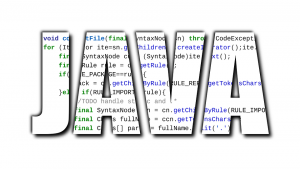


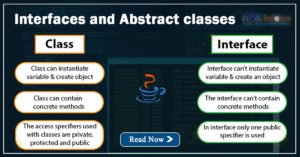
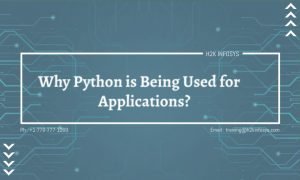








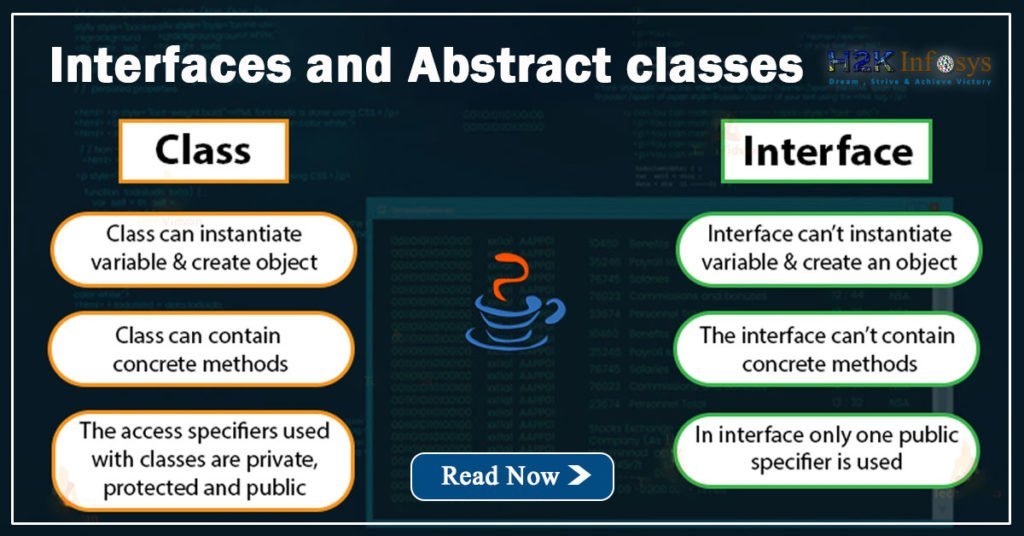
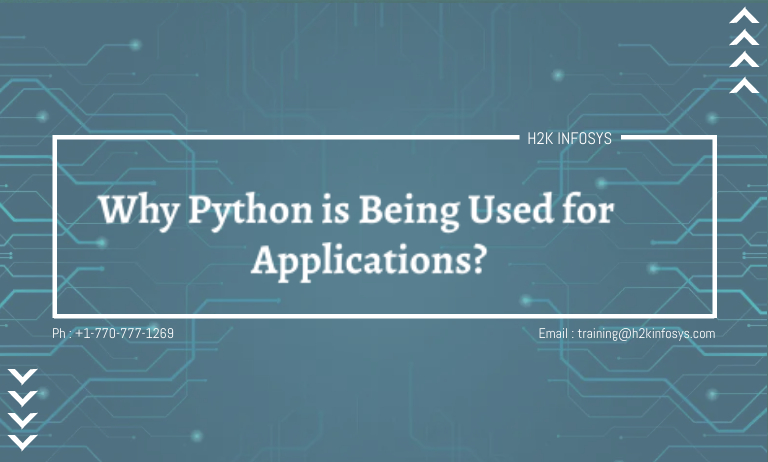

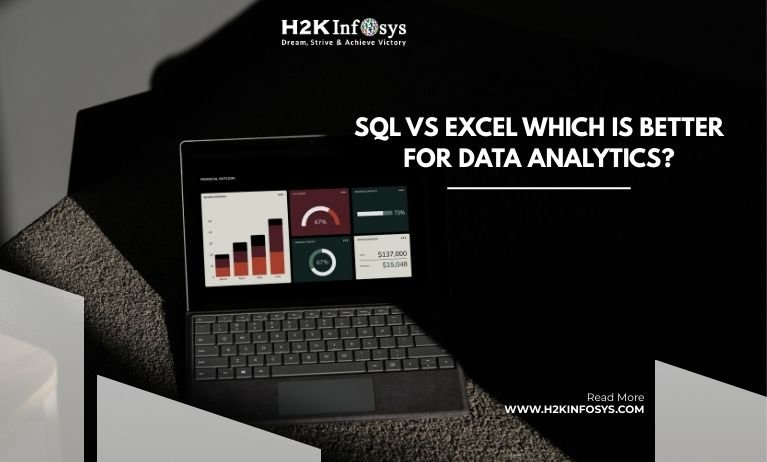



3 Responses
“Wow, what an insightful and well-written article on php development! I truly appreciate the depth of knowledge and practical advice you’ve shared here. As someone who’s constantly exploring ways to refine and expand my
understanding of php development, your post has been incredibly valuable. The way you broke down complex concepts into digestible sections made it not only easy to follow but also enjoyable to read.I especially loved your tips on UX/UI design.
It’s clear that you’re passionate about the subject, and it reflects in the quality of your content.
Thank you for taking the time to share this—it’s inspired me to take a fresh approach to my own projects. Looking forward to reading more of your articles!”
Back in 2020, many people were predicting the death of PHP, claiming that Node.js would take over. Yet here we are in 2025, and PHP is still thriving and evolving. It’s amazing to see how it continues to grow and remain relevant!